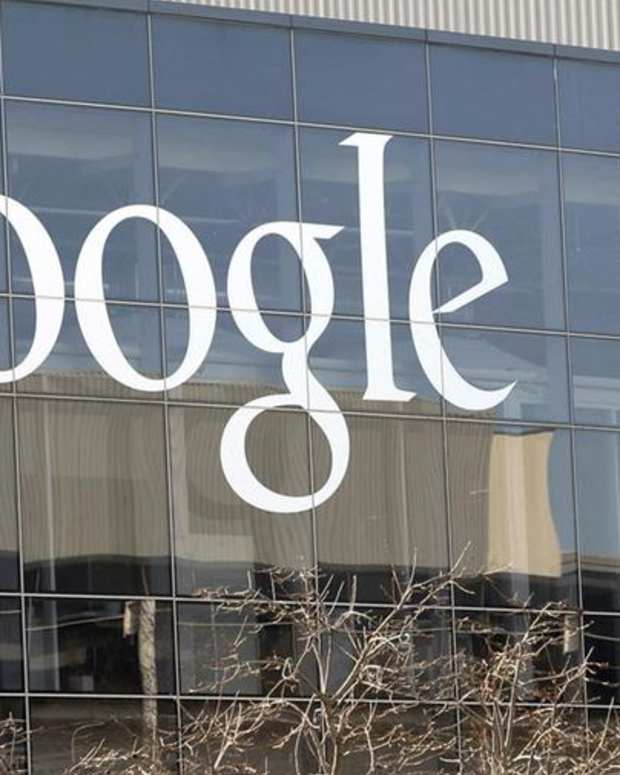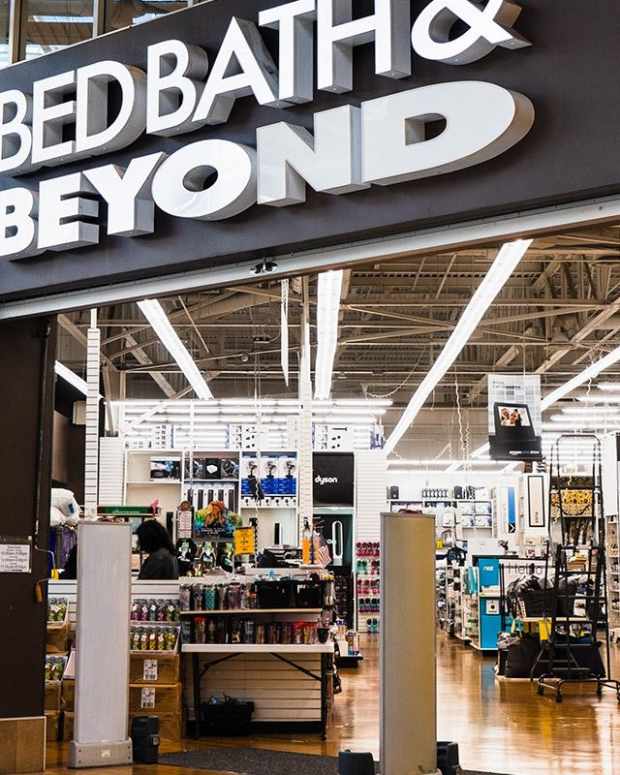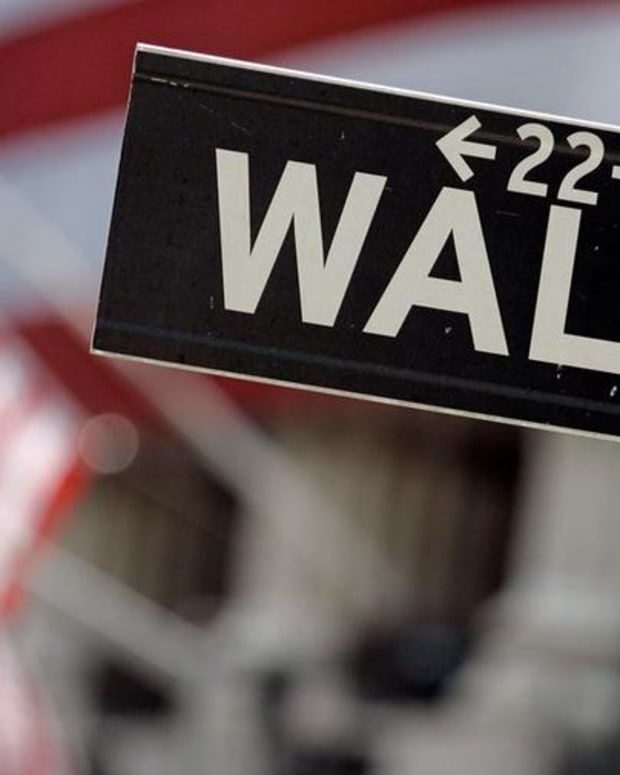Best Stocks of 2020: Netflix Is Number 5
As we did in 2019, TheStreet has compiled a list of the top 25 stocks of the year, looking at everything from stock performance and quarterly results versus expectations to execution against strategy and each stock’s overall story.
After publishing round-ups for the 25th-ranked through the 6th-ranked stocks, we're now running individual articles on each of our top five picks, with the winner to be announced on Monday, Dec. 21.
***
During 2020, Netflix (NFLX) - Get Report managers battled bandwidth bottlenecks and furious assaults from worthy competitors. The streaming giant still managed to raise prices, yet again.
That’s typical of the Netflix narrative arc. When faced with obstacles, time and again managers have come through, then relentlessly raised subscription prices.
The strategy speaks to the power of network effects -- and knowing the customer.
Few expected the old formula to work again in 2020. Much of the world in March was entering lockdown as the pandemic raged. In hindsight, Netflix, with its voluminous catalogue of on-demand media, was built for the lockdown. Yet that did not stop sellers from knocking shares from a record-high of $393 at the start of the month to only $290 two weeks later.
What came next was the largest managerial challenge since the company transitioned from mail-order DVD rentals to digital streaming media. Netflix was home to 167 million subscribers. The global lockdown meant they all wanted to stream content at the same time. The solution was blanket bandwidth throttling and local caching through its Open Connect technology. Members were asked to accept slightly poorer viewing experiences.
To complicate matters, Disney (DIS) - Get Report was in the middle of the Disney+ launch, a competing streaming media service. The project featured popular content from Marvel, Star Wars, Pixar and Disney animation, among others, all for less than half the cost of Netflix.
Apple (AAPL) - Get Report was also marketing a new streamer. What Apple TV+ lacked in content, it made up for star power and big budget projects. The price was right, too. The fledgling service was free to Apple device buyers.
Lesser companies would have buckled. Netflix managers stiffened.
In a letter to shareholders in April, Netflix CEO Reed Hastings described a $150 million relief fund for dislocated film crew workers. He also noted that 200+ post production projects were operating virtually. New content was on the way.
By the end of the third quarter, the dynamism of the business was being revealed. Powerful network effects caused subscriptions to spike. Members told nonmembers about shows like Tiger King, a quirky documentary about illegal zookeeping, murder and madness. In the first three quarters of 2020, Netflix added 28.1 million new subscribers, more than in all of 2019. At the end of Q3, the company had 195 million paid subscribers.
Unsurprisingly, a network of that size has become a powerful content discovery tool, another key competitive advantage.
Second-run shows like Schitt’s Creek, a Canadian situation comedy, won critical acclaim and a large new audience. Cobra Kai, a Karate Kid spin-off and YouTube Original, garnered 50 million households for its first season debut. These seemingly obscure metrics translate into a dominant subscription business that has become a fixture in 52% of American households, according to Statista. It also means a pile of cash.
During the most recent quarter, Netflix reported $1.3 billion in net cash from operations versus a loss of $502 million a year ago. The company now has $8.4 billion of cash on hand.
New subscription growth was slightly slower than expected at 2.2 million new members, yet the streaming giant still earned $789 million on $6.44 billion in sales. Per share profits were $1.74 versus $1.59 the previous quarter.
Despite slower membership growth, Hastings announced in October that the company was raising the price of its standard and premium plans in the United States and Canada. The standard plan rises $1 to $14. The premium plan is getting a $2 bump to $18.
Raising prices given slower membership growth and competitive challenges might seem counterintuitive. However, dominant platforms have pricing power. They use it to grow the business even larger to the benefit of stakeholders.
Netflix managers have now raised prices five times in the last 10 years. That’s once every other year on average. It’s worth noting Netflix shares are ahead 1,806% during those last 10 years, and rose more than 50% in 2020.
The company changed the way we consume media with digital streaming. It is the leading platform with the most subscribers and stickiest brand. Investors should continue to reward its firebrand business model.
Disney and Apple are holdings in Jim Cramer’s Action Alerts PLUS Charitable Trust Portfolio. Want to be alerted before Cramer buys or sells these stocks? Learn more now.
How TheStreet Calculated the Best Stocks of the Year
TheStreet polled a group of 16 writers and editors at TheStreet, RealMoney, Action Alerts Plus, Stocks Under $10 and Trifecta Stocks and asked them to nominate candidates, and then narrowed that list down to the top 25 stocks. We then asked each of those writers and editors to rank the top 25 from top to bottom, assigning 25 points for a No. 1 ranking, 24 points for a No. 2 ranking, etc. We then totaled the points for each stock to arrive at our final rankings.
The result is a comprehensive list of the stocks that performed and executed the best in 2020, helping drive the S&P 500’s rebound from its pandemic-induced lows in March.









